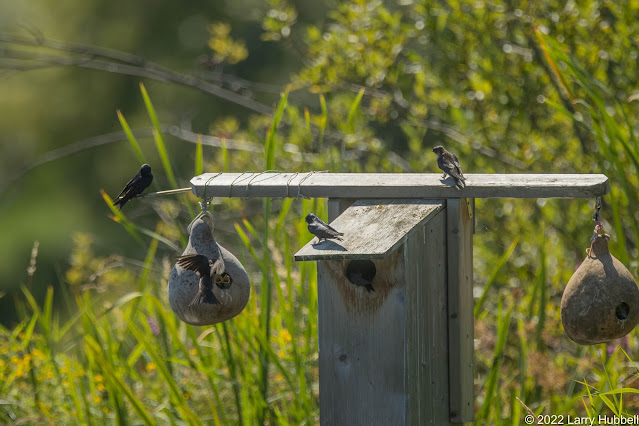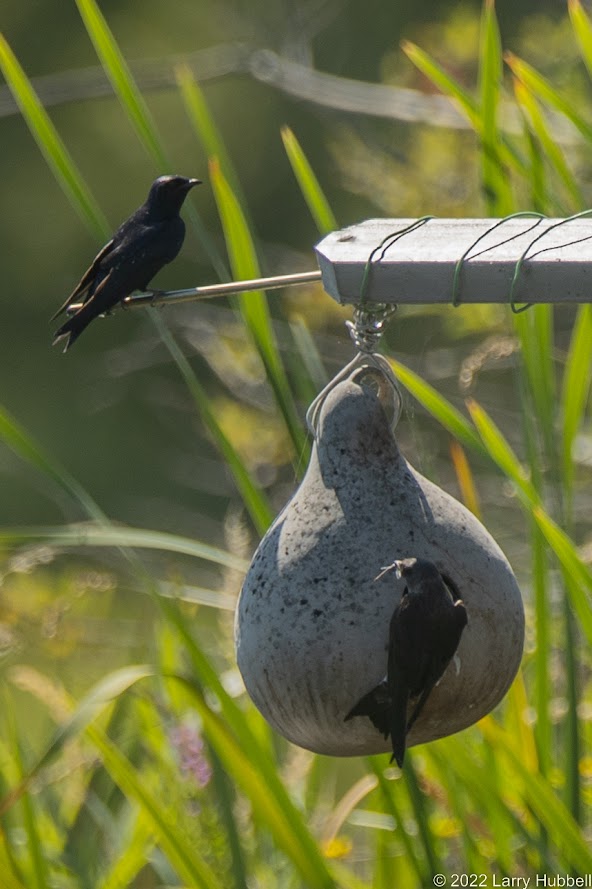Date: 9-7-22 (On the first Wednesday of the month.)Time: 9-12 amMeet: In the parking lot that is east of the Interlaken Ave intersection with Lake Washington Blvd.
1) Learn and leave established native flora undisturbed.2) Remove invasive species and then wait to see if native plants begin to grow without assistance. (When native plants start on their own, then these plants or trees are likely the most appropriate flora for the habitat.)3) Scatter seeds from nearby native plants in a similar habitat.4) If you feel you must add a new plant then select a native plant while considering how the plant fits with the specific habitat and understanding the plant's logical place in the normal succession of native plants.
***************
My friend Elaine Chuang shared several resources (that were new to me) from the January 2022 Washington Ornithological Society meeting. By the way, Elaine credits Vicki King for researching and supplying this information. The major new concept is that specific keystone native plants enable critical moths and caterpillars that in turn provide food for the great majority of birds, especially during the breeding season. Here are the top two links from her list.
Native Keystone Plants for Wildlife:
https://www.youtube.com/watch?v=O5cXccWx030
Resources for adding plants to your Pacific Northwest Garden:
https://wos.org/wos-wp/wp-content/uploads/2021/12/native-plant-resources-v2.pdf
***************
Native Keystone Plants for Wildlife:

























Larry - Great story and photos. Can the timing allow for Wood Ducks AND Purple Martins to use the same box? Wood Ducks nest early, so maybe this can work out to be shared housing?
ReplyDeleteDave, That would be a very interesting scenario. The timing would have to be just right. Another somewhat similar idea would be for the Wood Ducks to use Box 5 while the Purple Martins were using the gourds on either side. Fingers crossed. Larry
DeleteFantastic photos and commentary! Always a joy to view/read! Thanks!
ReplyDeleteLinda, Thank you! Larry
DeleteThis whole article was really fascinating. Thanks so much for the photos AND explanations. M.Riley
ReplyDeleteMike, You are certainly welcome! Larry
DeleteExcellent! Thank you for following along.
ReplyDelete